<div data-cycle-pager-template=” ” readability=”33.5″>
” readability=”33.5″>
Blue Origin Flight 4
On June 19, 2016, Blue Origin launched its reusable New Shepard rocket and space capsule for the fourth time from the company’s West Texas proving grounds – this time webcasting the launch live online while also testing a two-parachute capsule landing. See photos from the launch here by clicking the arrows at the right of each image.
<div data-cycle-pager-template=” ” readability=”31.5″>
” readability=”31.5″>
Ready to Fly
Blue Origin’s New Shepard suborbital rocket and booster seen from a far. The June flight marked its fourth mission since November 2015.
<div data-cycle-pager-template=” ” readability=”31″>
” readability=”31″>
A Grand Old Flag
The American flag has a special place on the New Shepard booster rocket.
<div data-cycle-pager-template=” ” readability=”32″>
” readability=”32″>
Liftoff!
At 10:36 a.m. EDT (1436 GMT), Blue Origin’s New Shepard rocket soared into space to begin its fourth test flight.
<div data-cycle-pager-template=” ” readability=”31″>
” readability=”31″>
Next Stop: Space
New Shepard ascends toward space on its fourth suborbital test flight.
<div data-cycle-pager-template=” ” readability=”34″>
” readability=”34″>
Ascent
New Shepard continues its ascent during the launch phase of its fourth test flight. At its peak, New Shepard would reach an apogee of 331,501 feet, or about 62.7 miles (101 kilometers), higher than the recognized 62-mile border between Earth and space.
<div data-cycle-pager-template=” ” readability=”31.5″>
” readability=”31.5″>
The Powerhouse
Blue Origin’s New Shepard is powered by a single BE-4 rocket engine that uses liquid hydrogen and liquid oxygen for propellant. The engine is used for both the launch and landing.
<div data-cycle-pager-template=” ” readability=”32″>
” readability=”32″>
Capsule Separation
This image shows a clear view of the New Shepard booster rocket (left) and its space capsule flying separately after separation. Inside the capsule were three university research payloads that used the several minutes of weightlessness provided by the flight to take science data.
<div data-cycle-pager-template=” ” readability=”32.5″>
” readability=”32.5″>
Return to Earth
As on previous New Shepard test flights, the booster lands first on a pad at Blue Origin’s West Texas proving grounds. Here, the booster’s landing legs have deployed.
<div data-cycle-pager-template=” ” readability=”31.5″>
” readability=”31.5″>
Smooth Landing
A view of New Shepard after its landing as its space capsule releases two drogue chutes ahead if its own landing. The booster landing occurred at 10:44 a.m. EDT (1444 GMT).
<div data-cycle-pager-template=” ” readability=”32″>
” readability=”32″>
One Parachute Down
New Shepard’s passenger capsule (unmanned on this flight) is seen with two of its three parachutes deployed. Testing how the capsule performs under the two-chute scenario was the main goal of the fourth test flight.
<div data-cycle-pager-template=” ” readability=”33″>
” readability=”33″>
Almost There
The New Shepard capsule nears its landing. The capsule only needs one parachute to make a safe landing, according to Blue Origin representatives. It carries there, however, for redundancy.
<div data-cycle-pager-template=” ” readability=”31″>
” readability=”31″>
Touchdown!
New Shepard’s capsule landed back on Earth at 10:45 a.m. EDT (1445 GMT).
<div data-cycle-pager-template=” ” readability=”32″>
” readability=”32″>
Back on Earth
Blue Origin’s New Shepard booster and capsule are seen back on Earth after their successful fourth test flight on June 19, 2016.
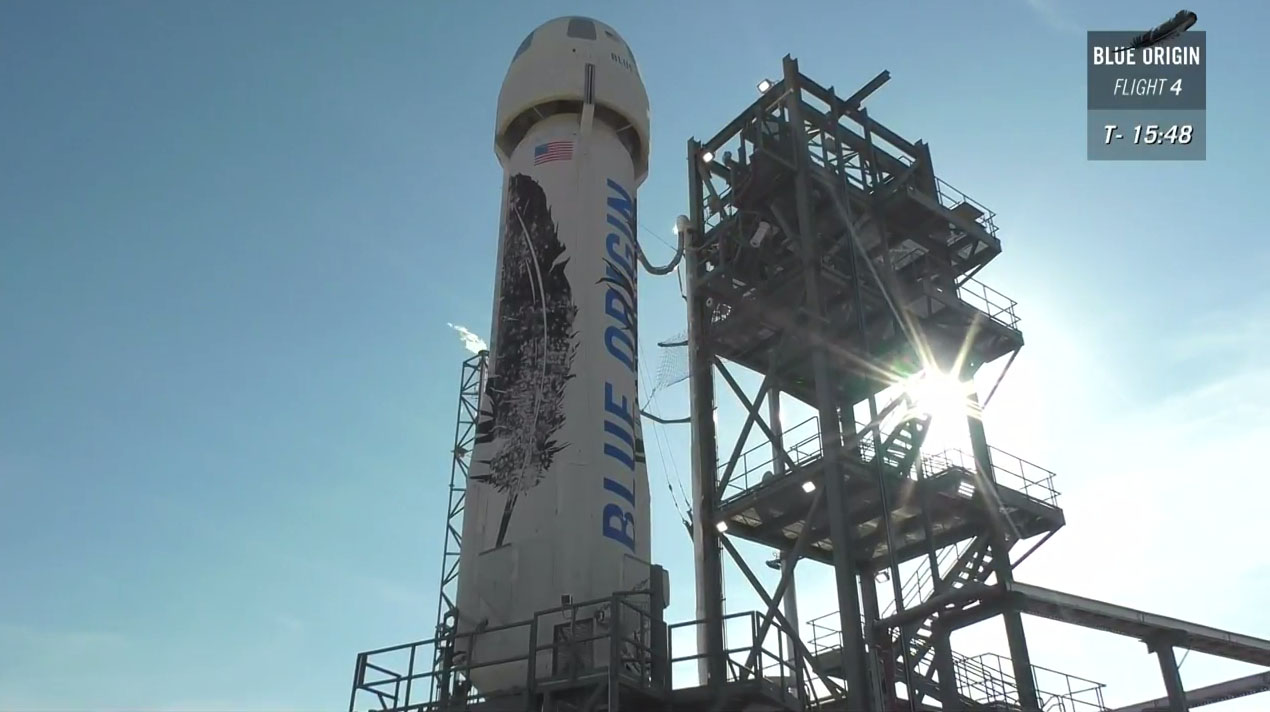 ” readability=”33.5″>
” readability=”33.5″>
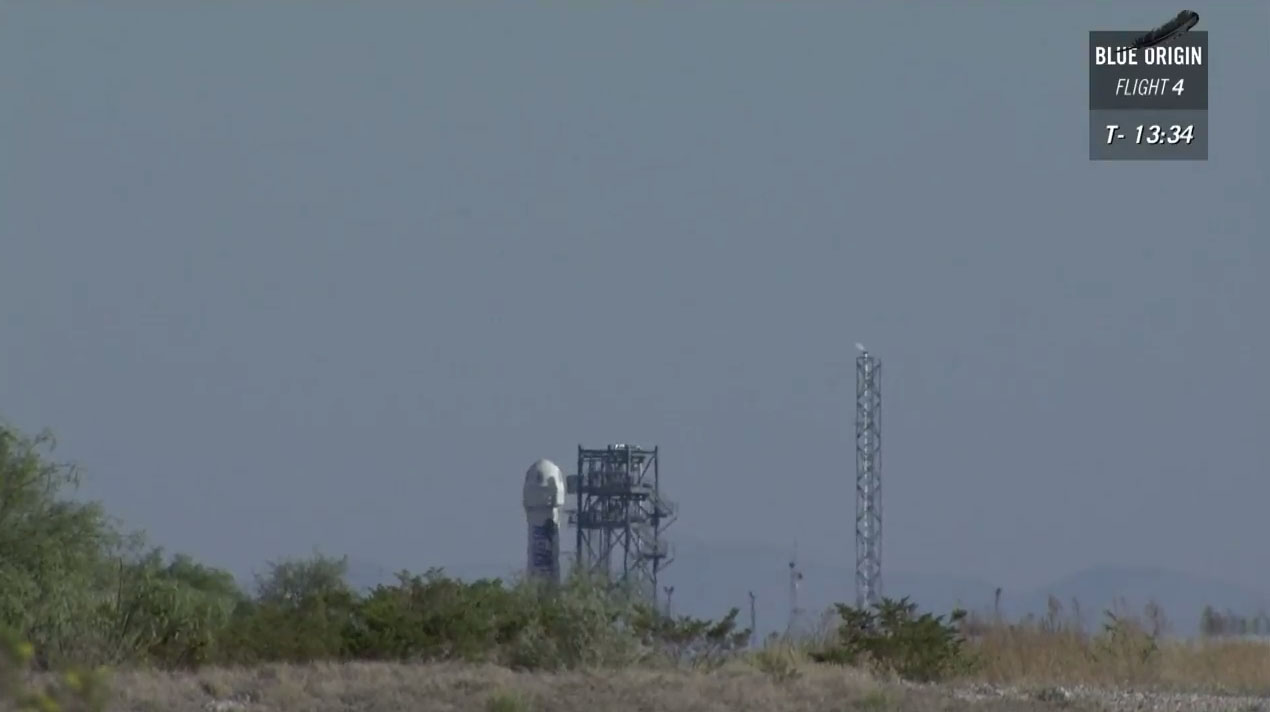 ” readability=”31.5″>
” readability=”31.5″>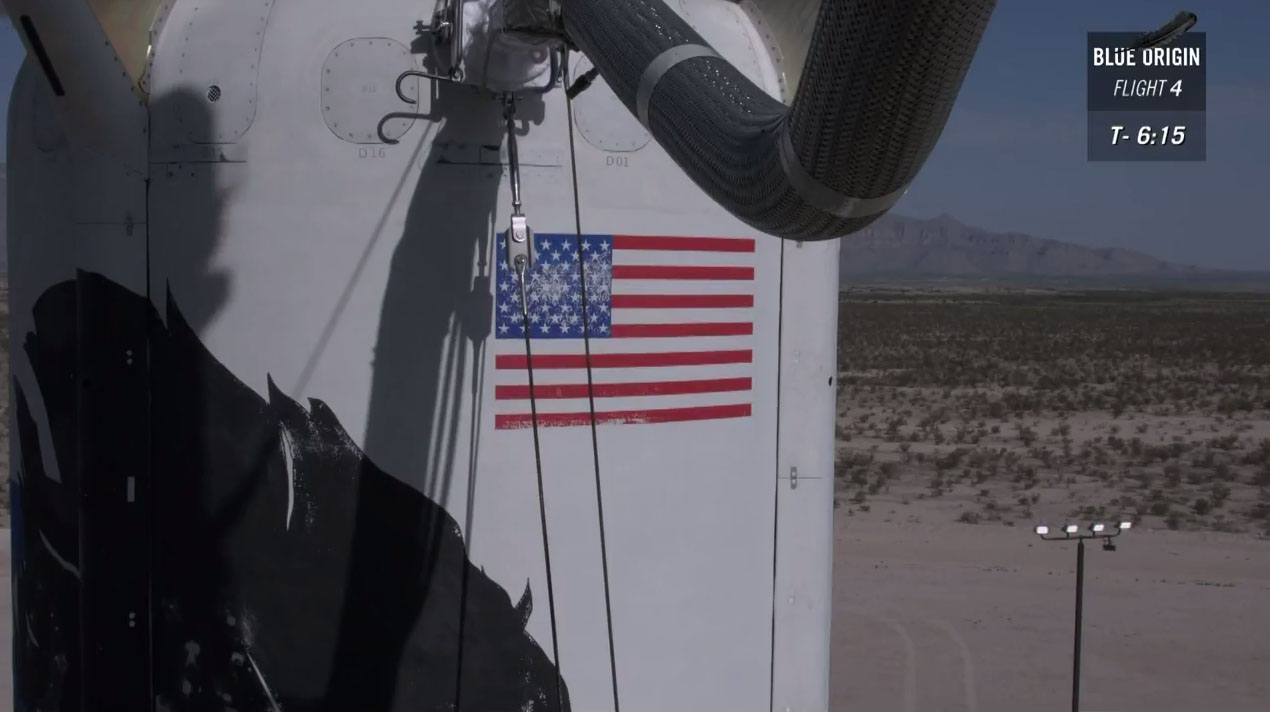 ” readability=”31″>
” readability=”31″>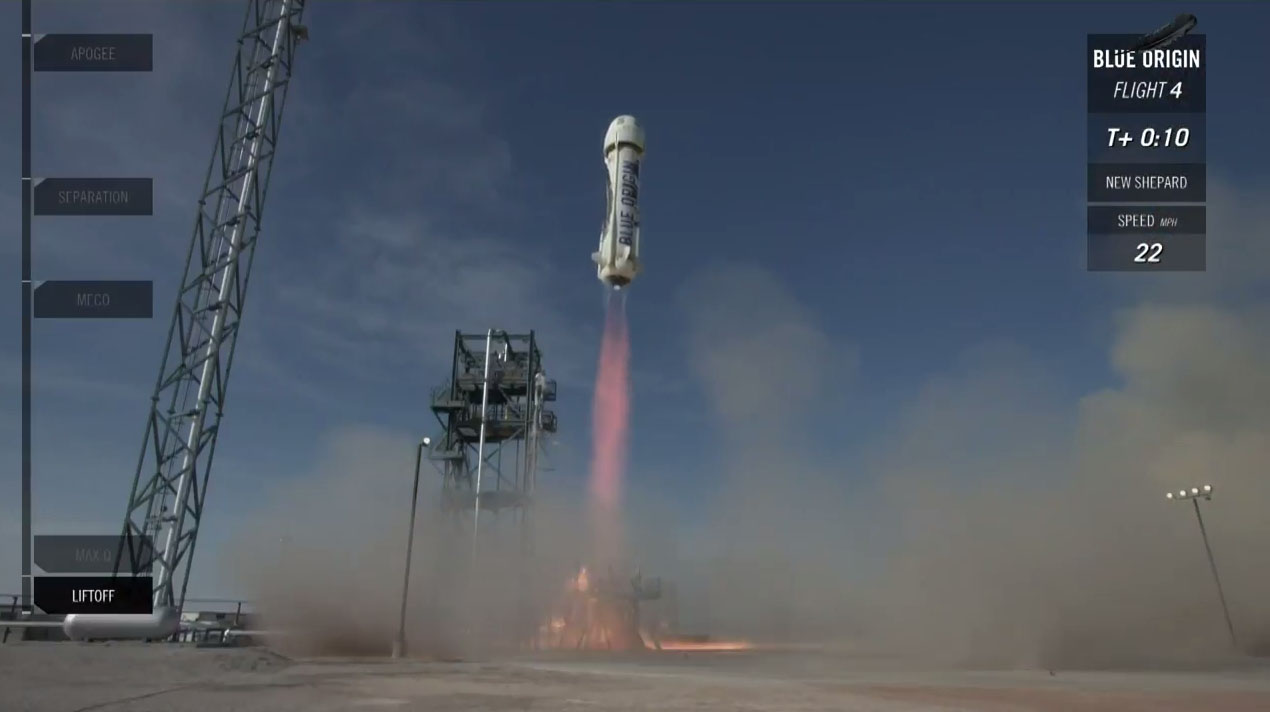 ” readability=”32″>
” readability=”32″>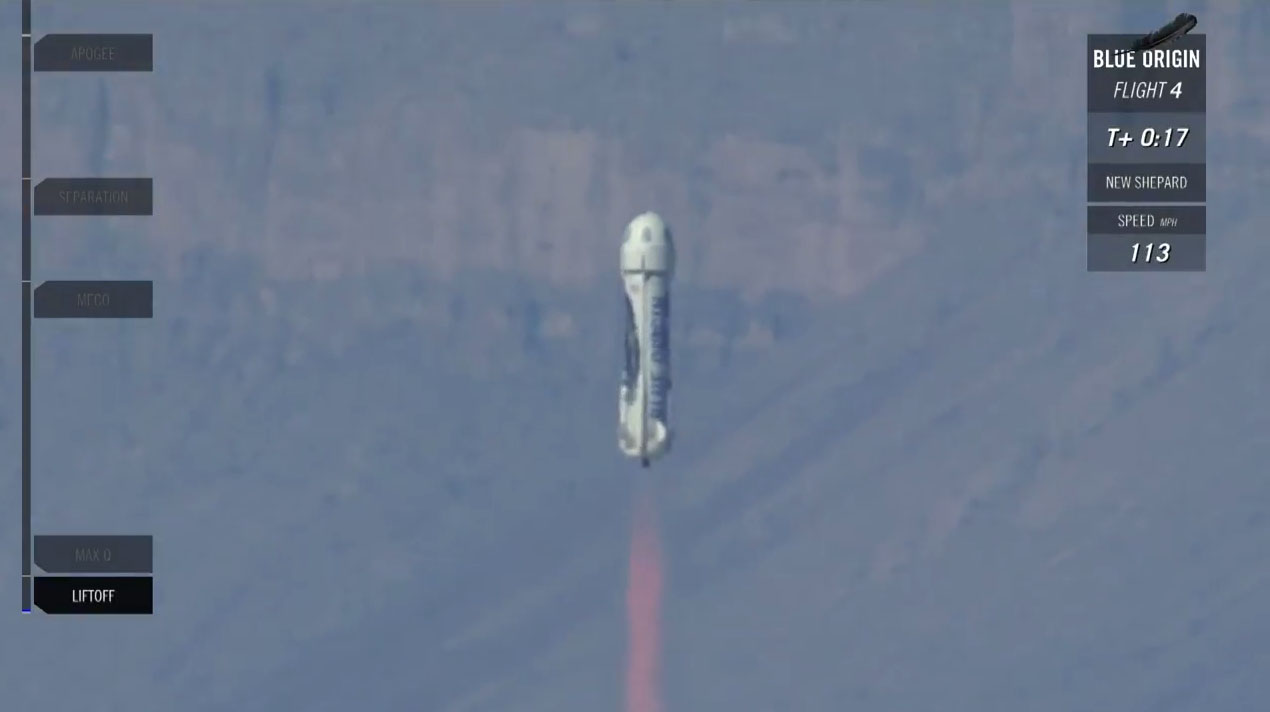 ” readability=”31″>
” readability=”31″>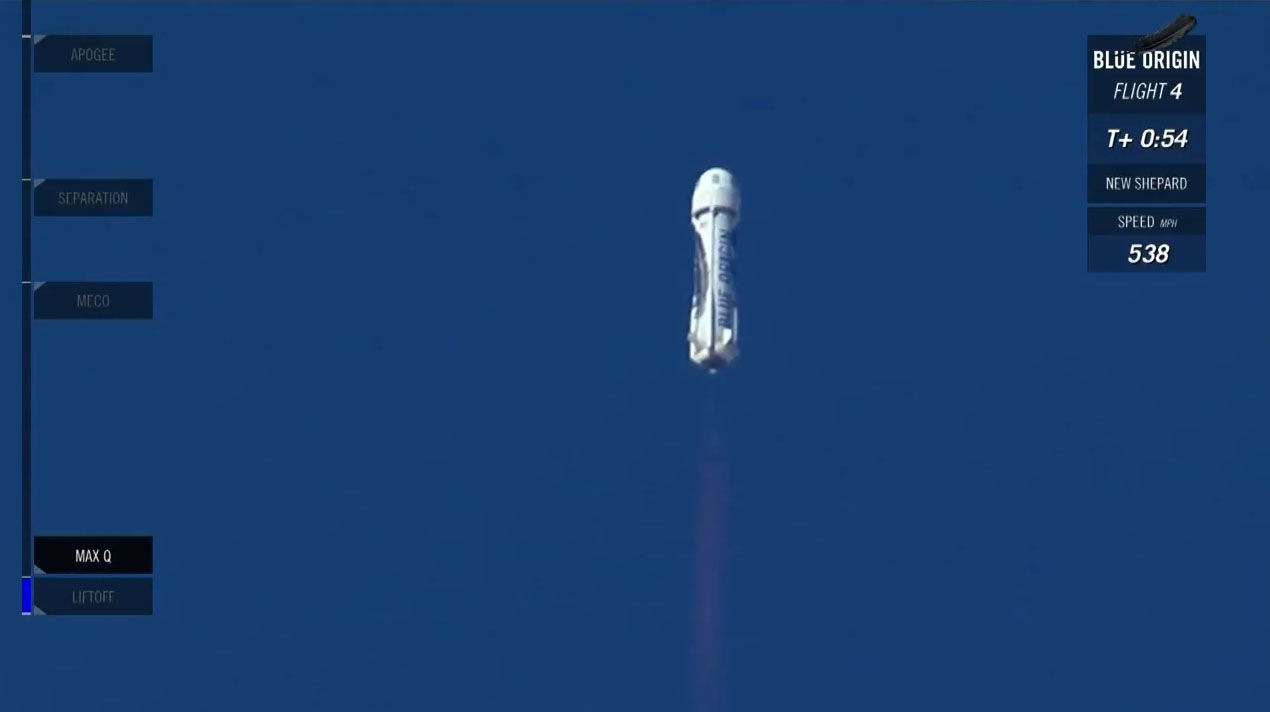 ” readability=”34″>
” readability=”34″>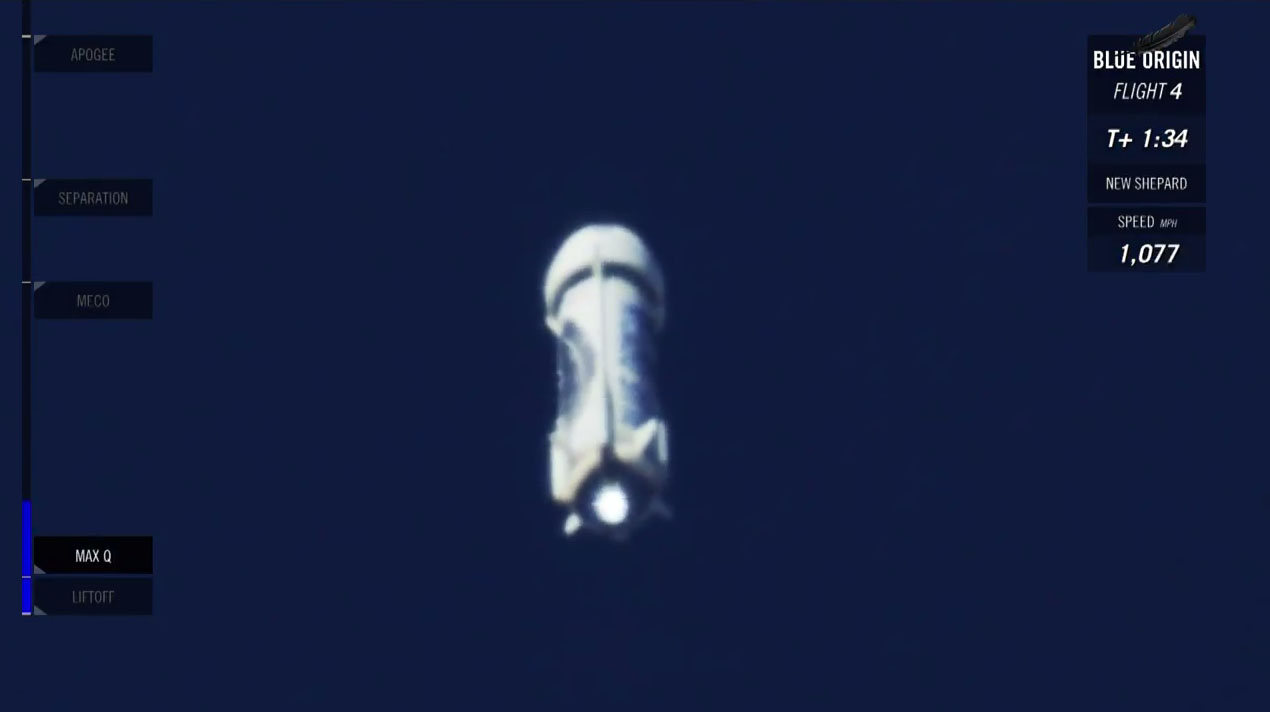 ” readability=”31.5″>
” readability=”31.5″>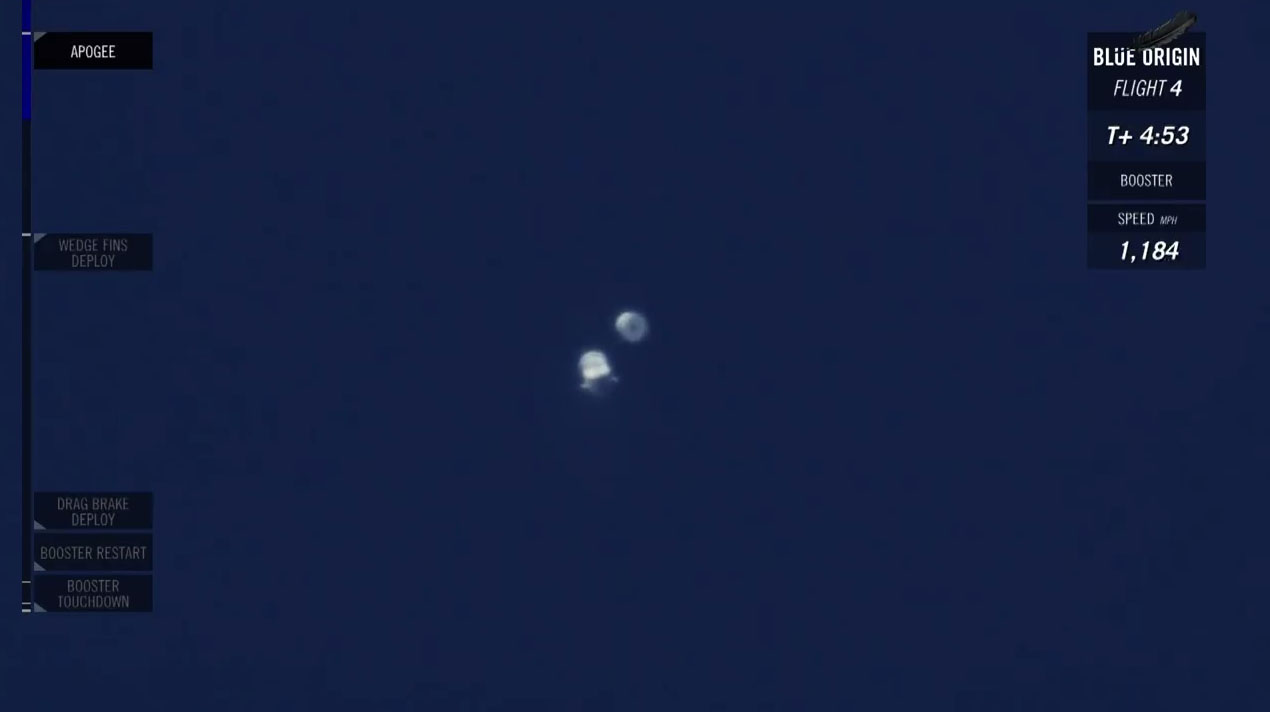 ” readability=”32″>
” readability=”32″>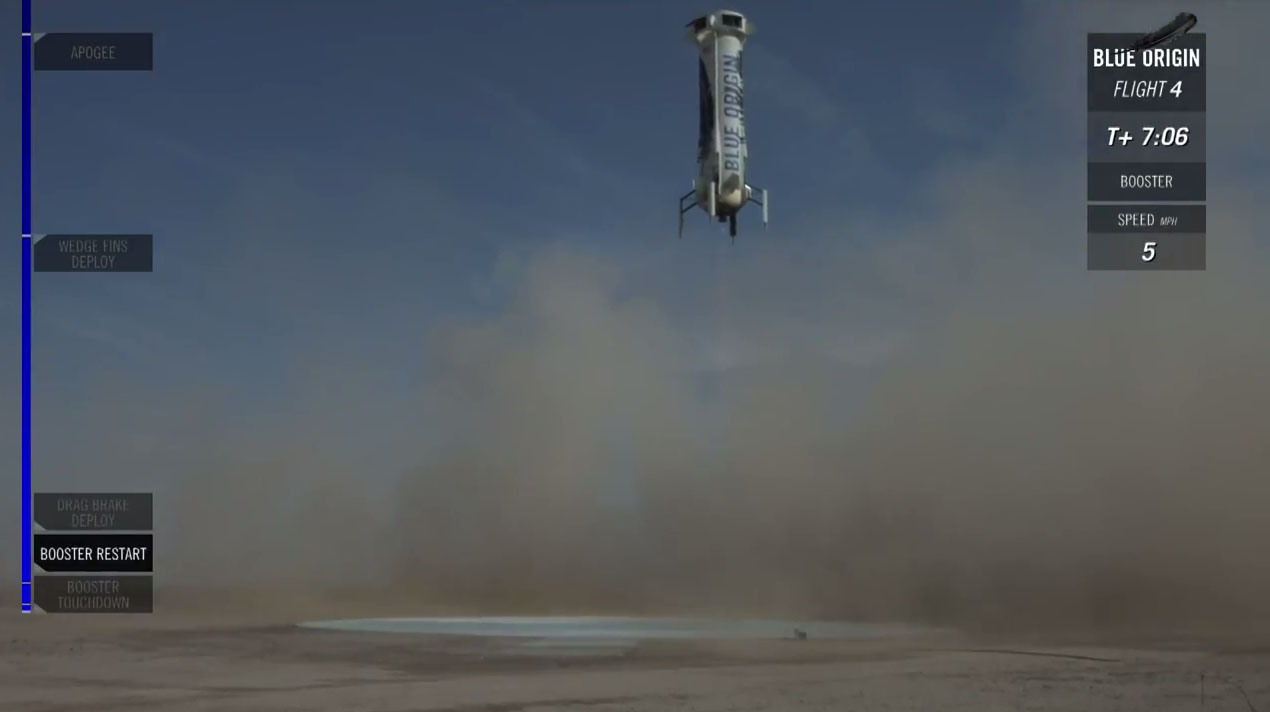 ” readability=”32.5″>
” readability=”32.5″>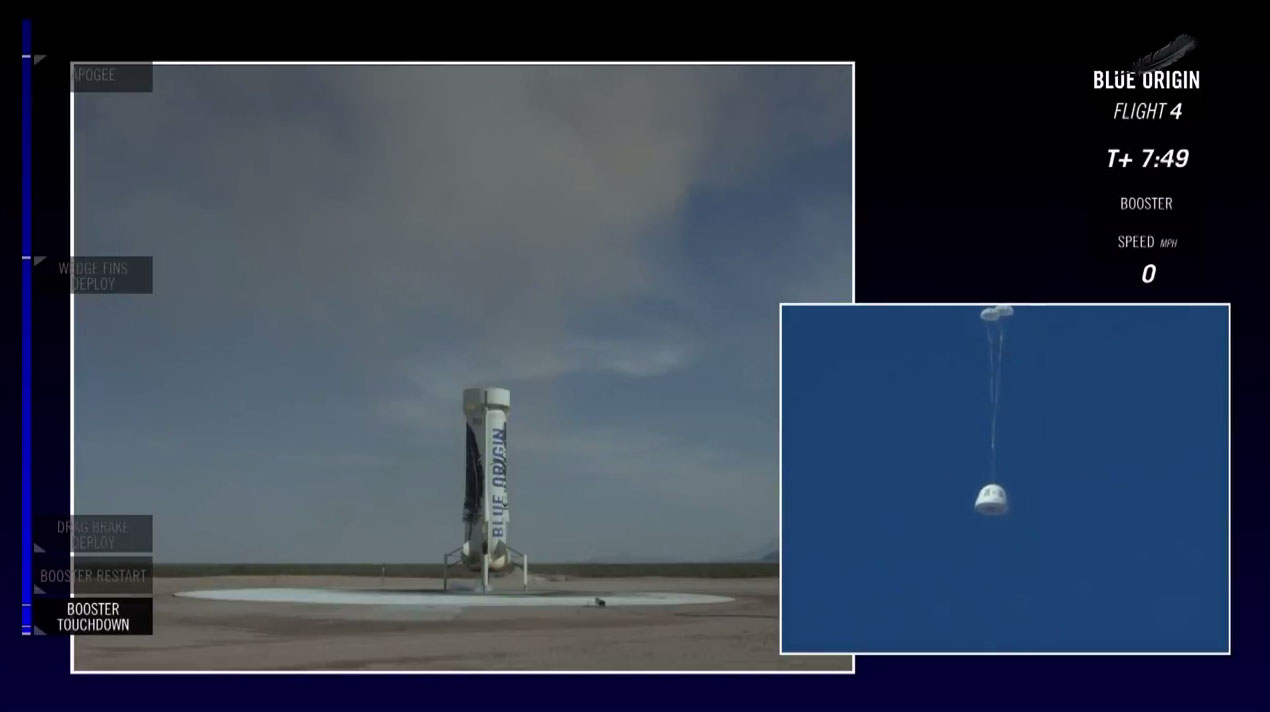 ” readability=”31.5″>
” readability=”31.5″>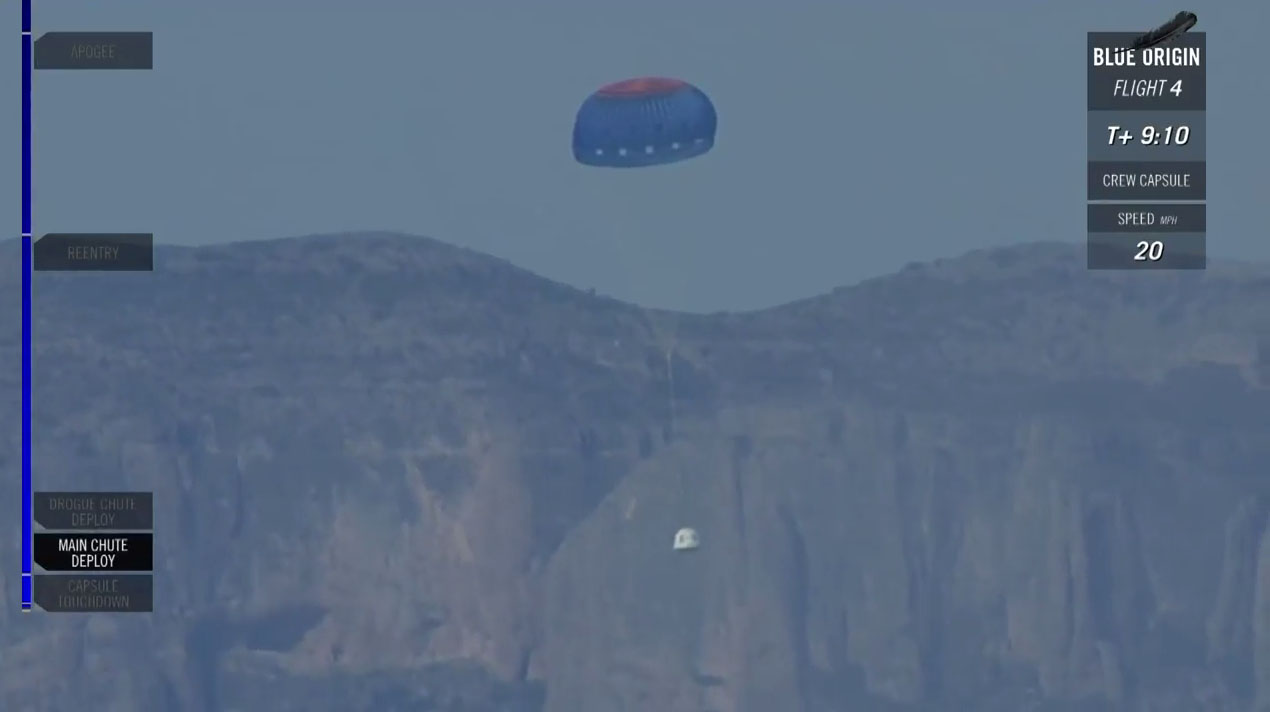 ” readability=”32″>
” readability=”32″>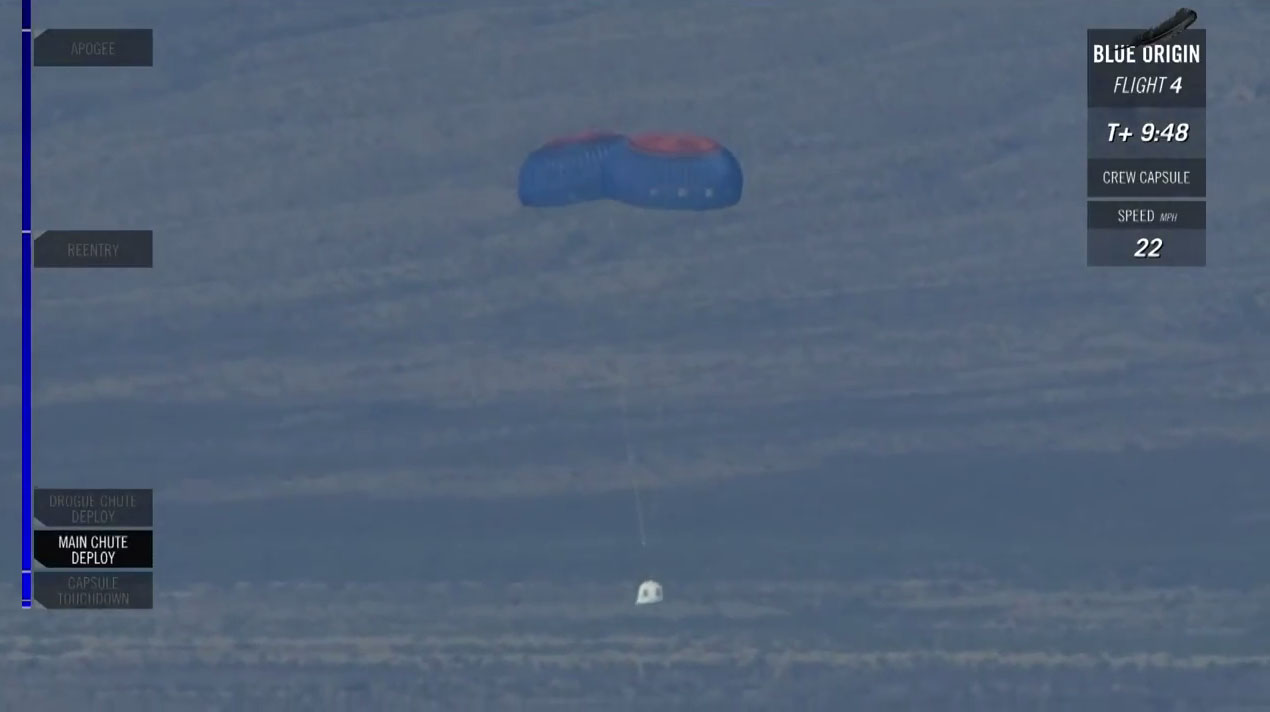 ” readability=”33″>
” readability=”33″>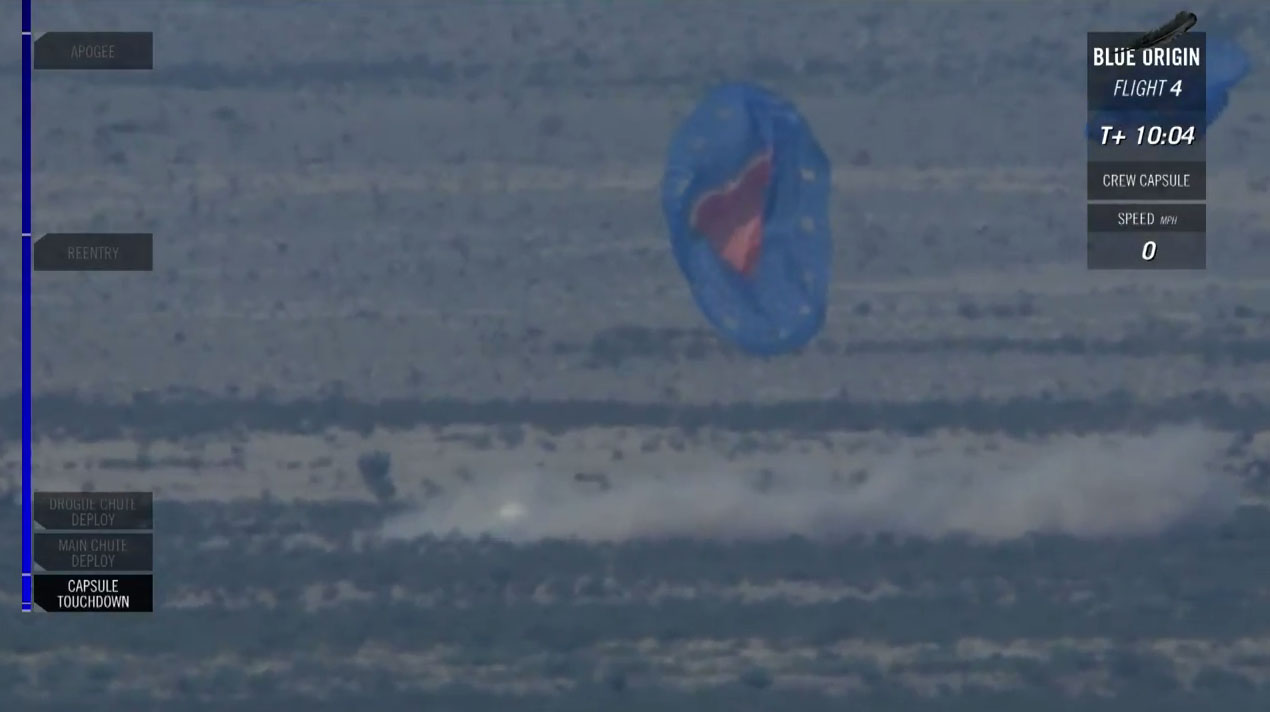 ” readability=”31″>
” readability=”31″>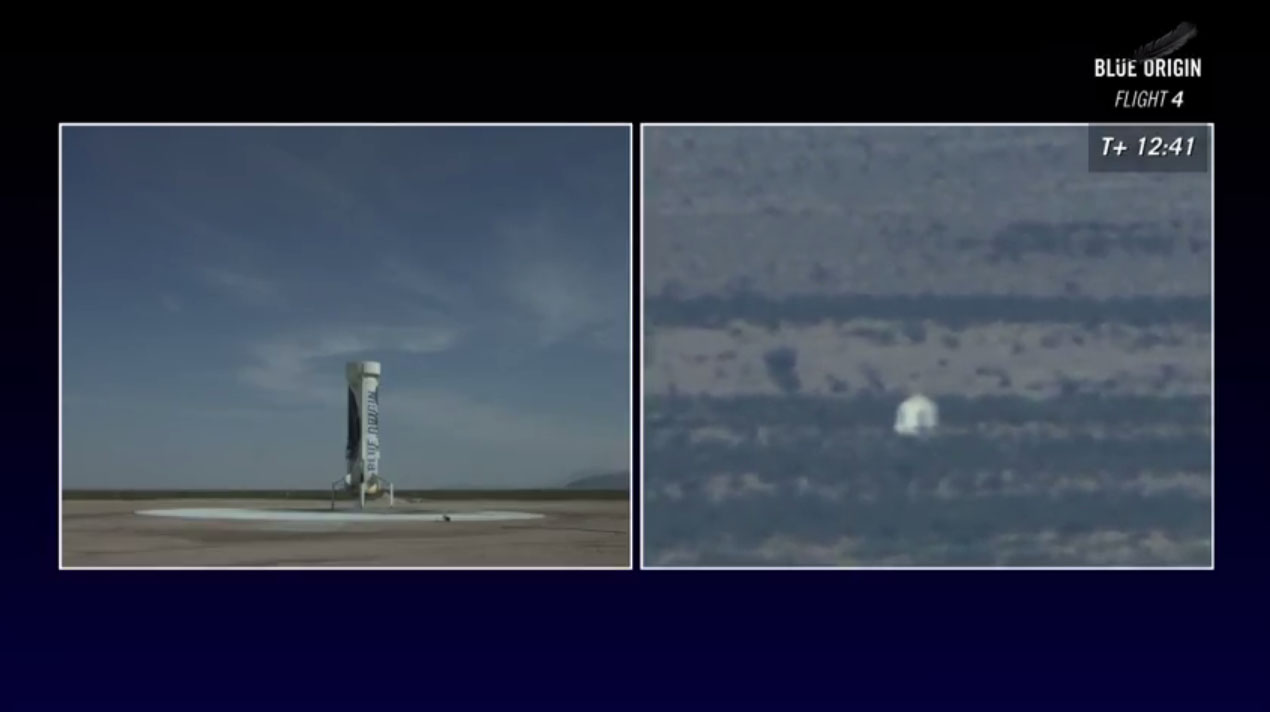 ” readability=”32″>
” readability=”32″>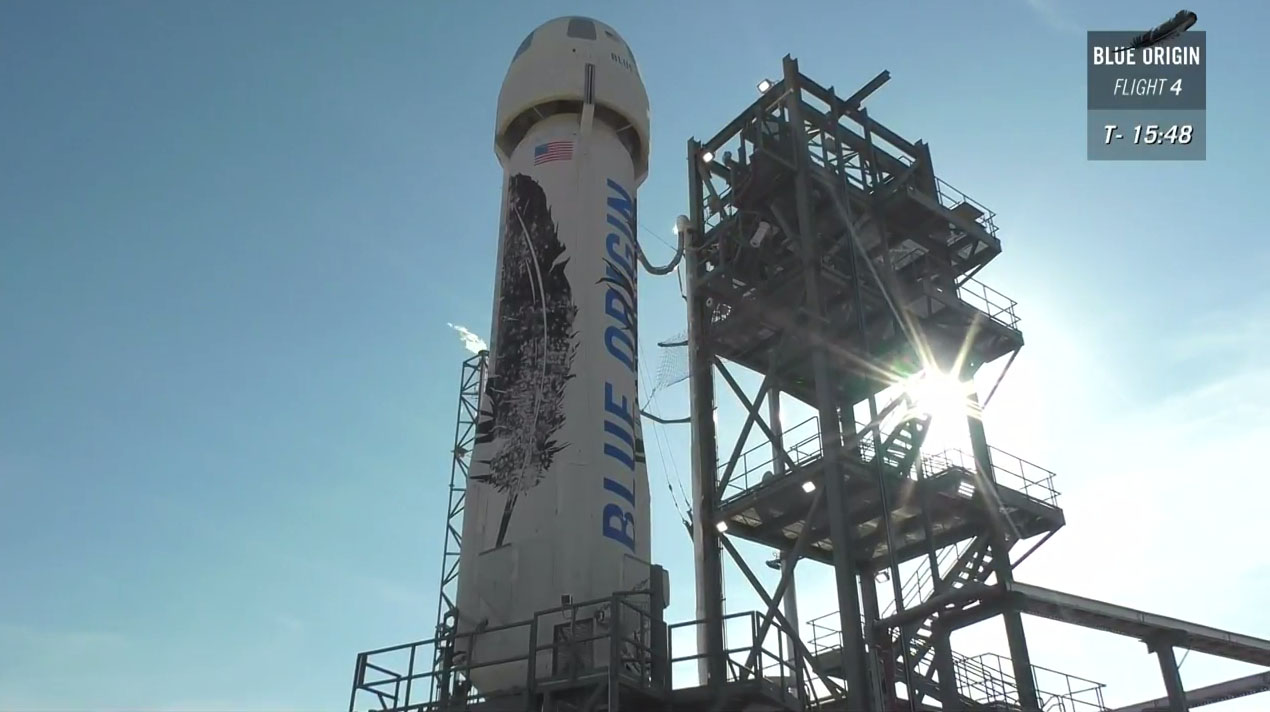
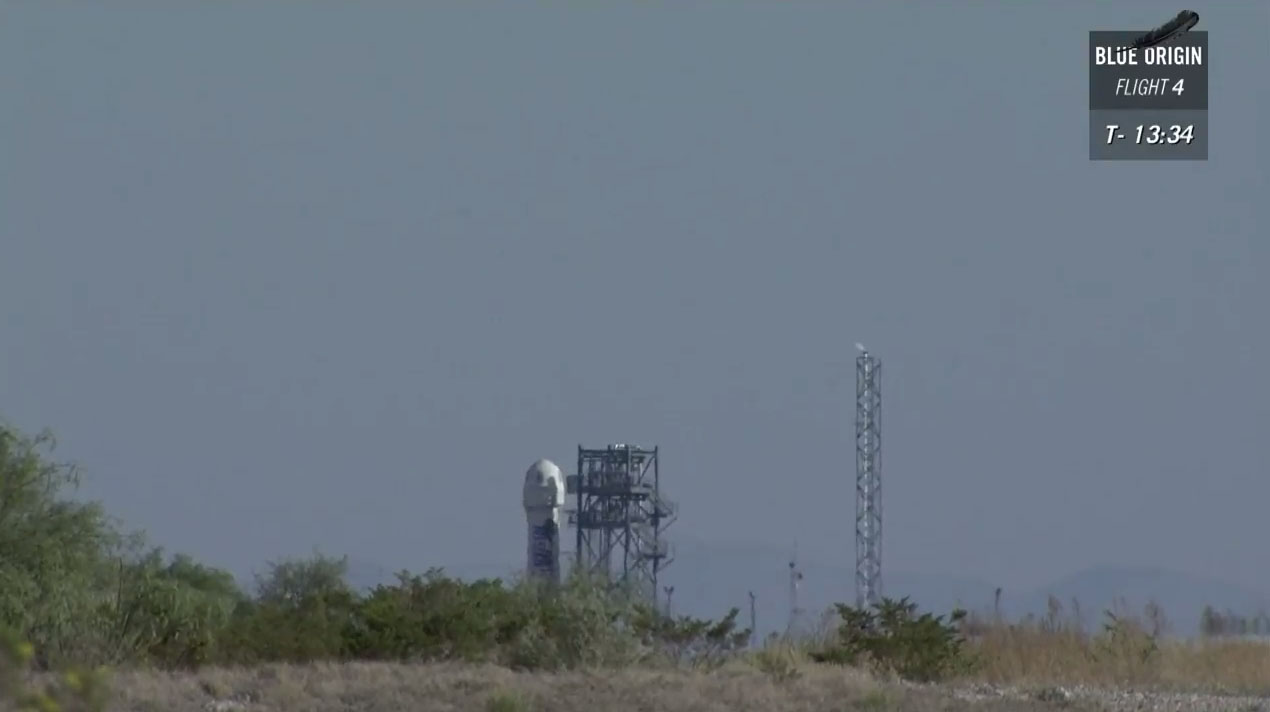
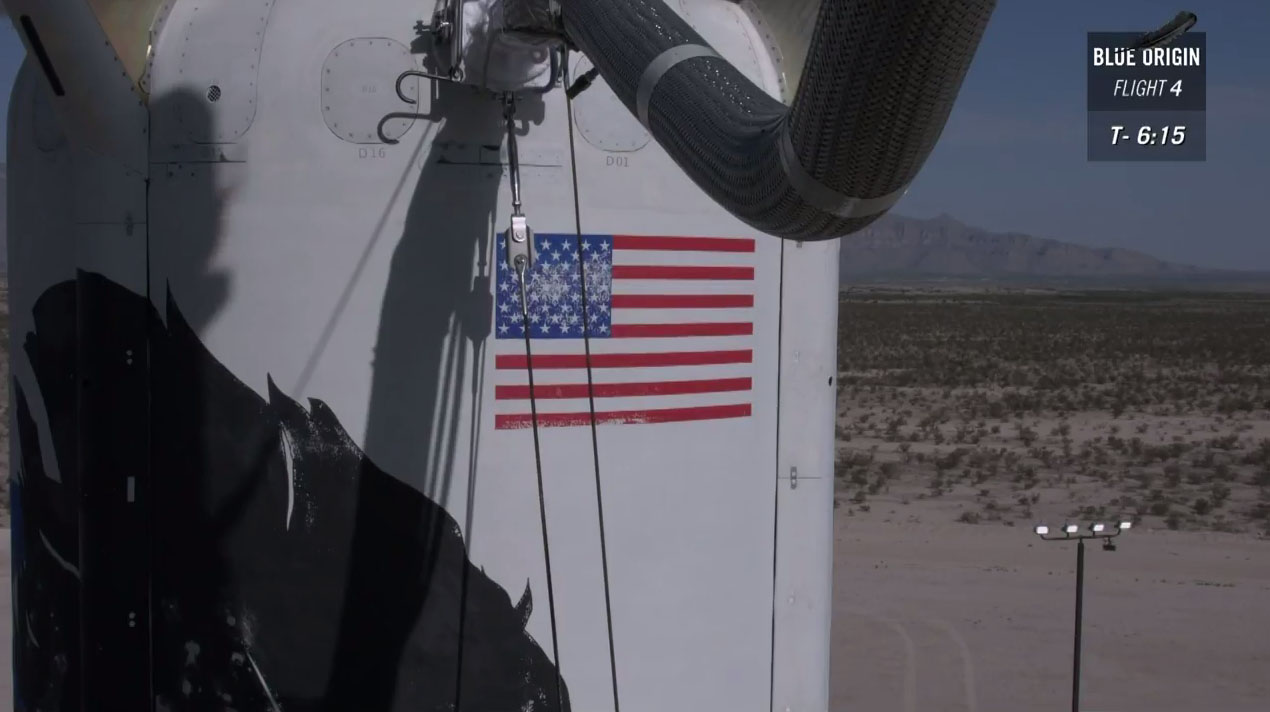
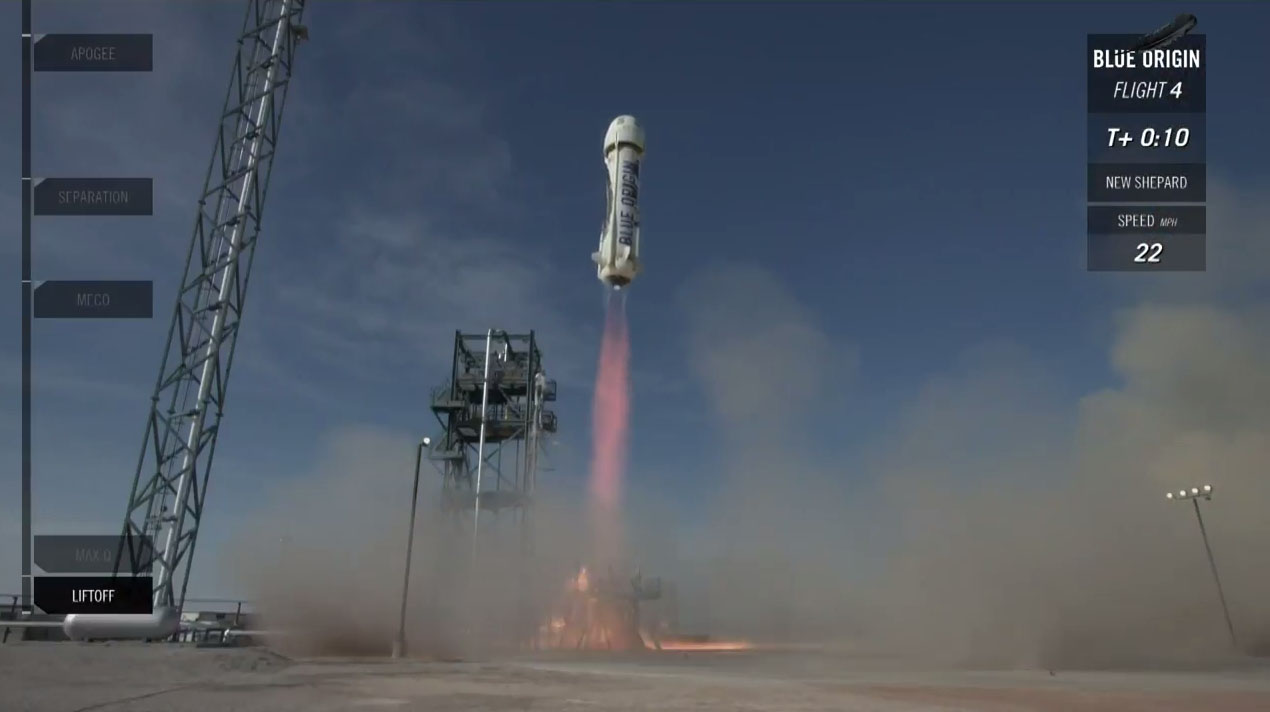
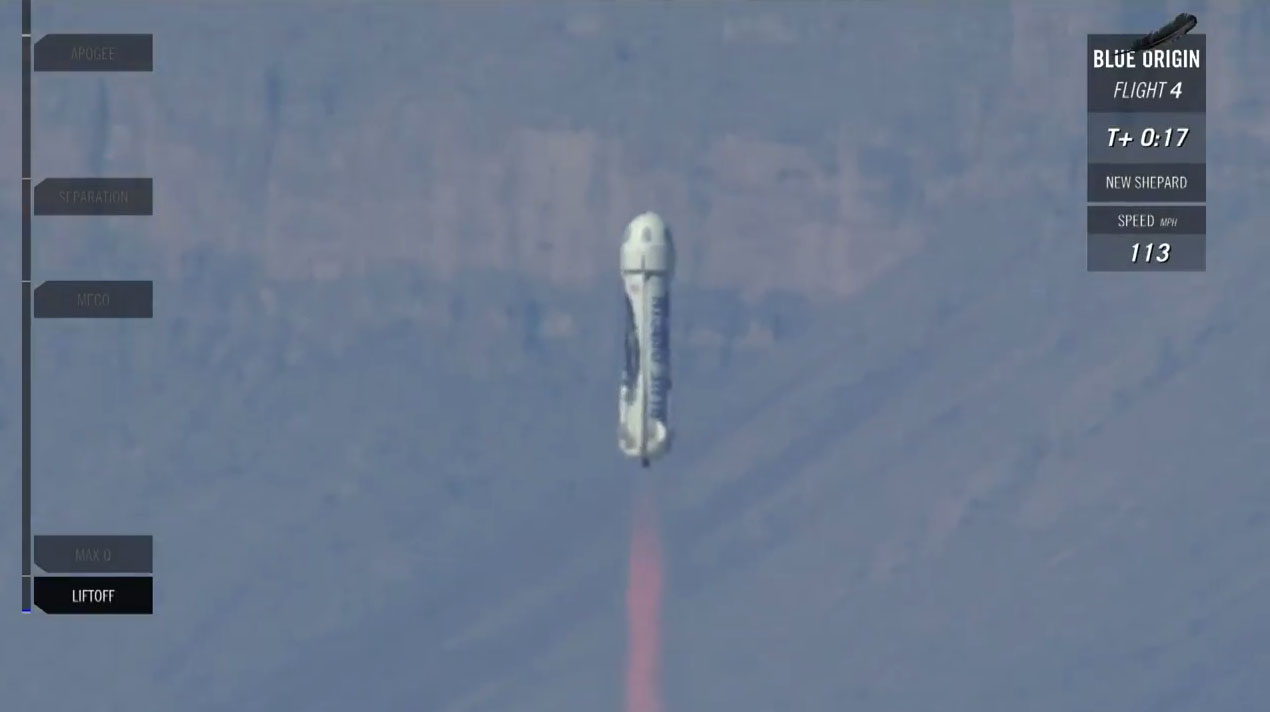
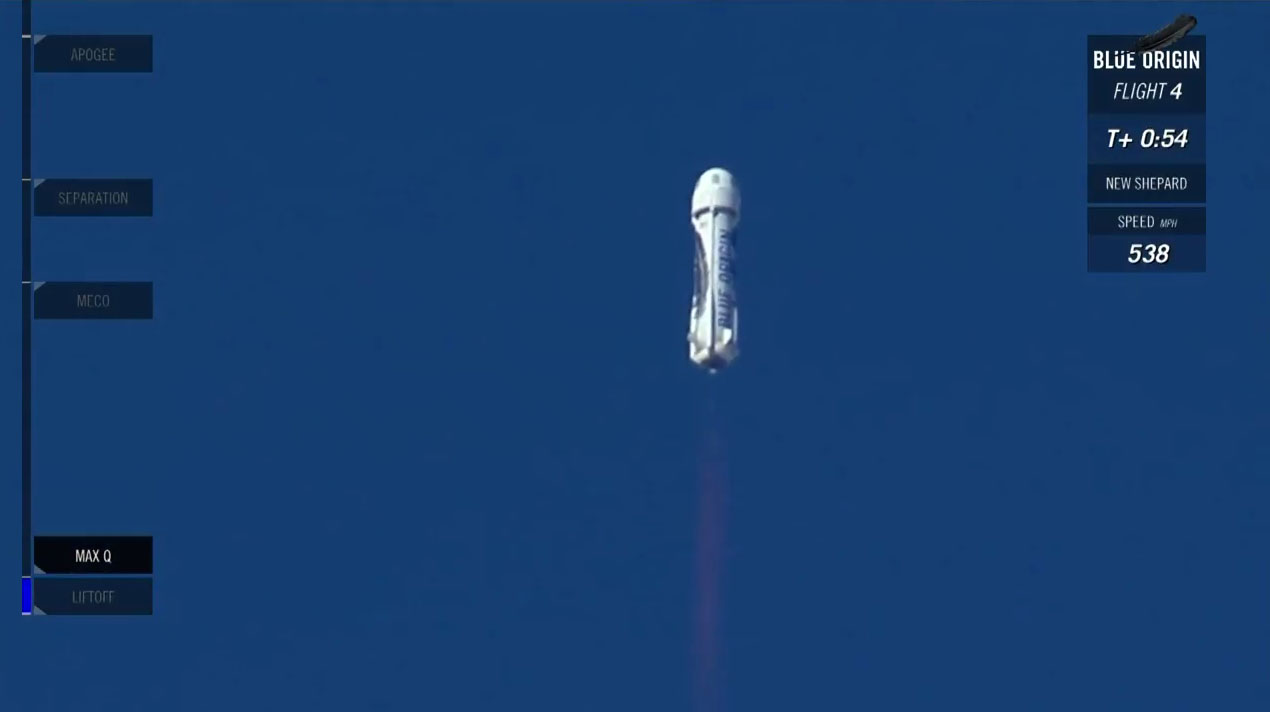
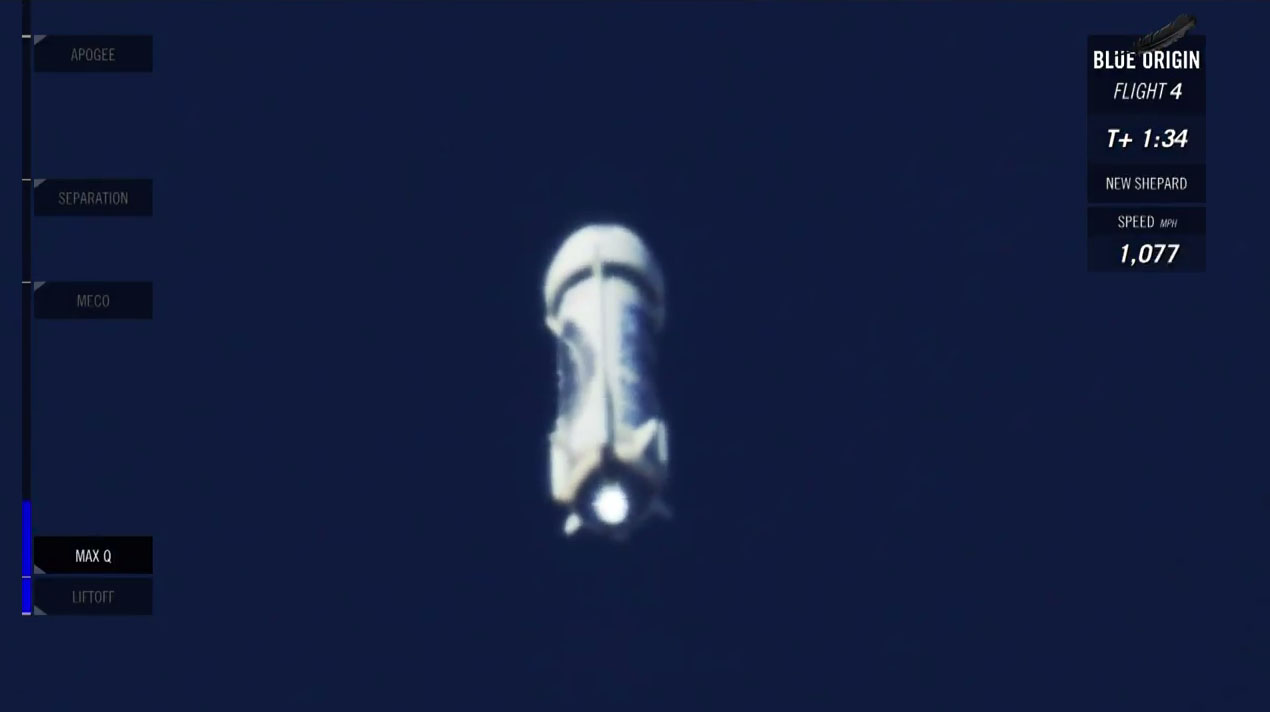
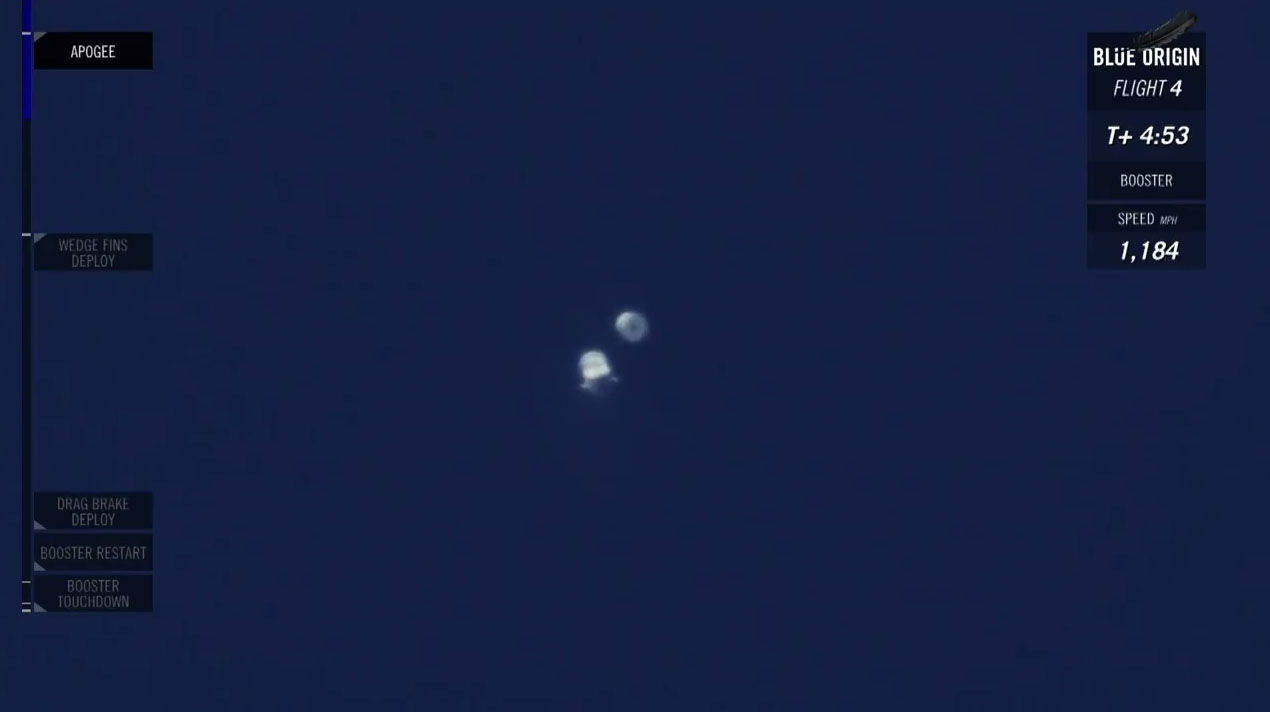
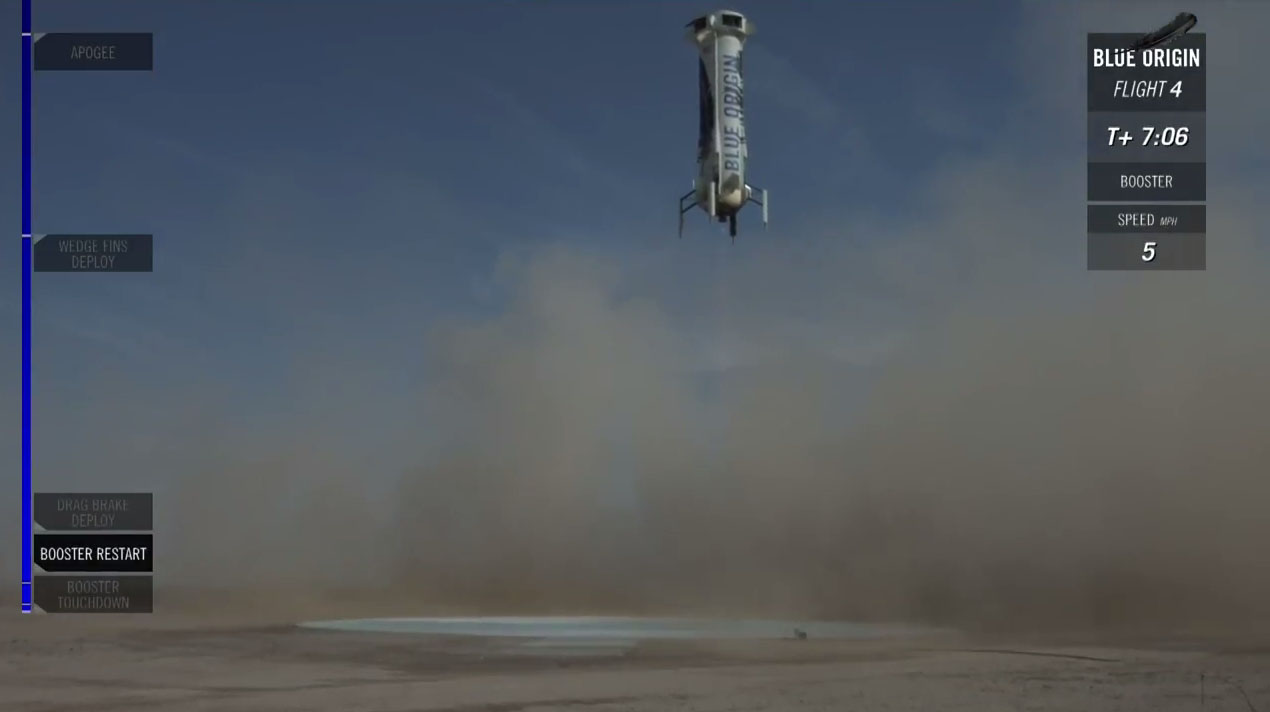
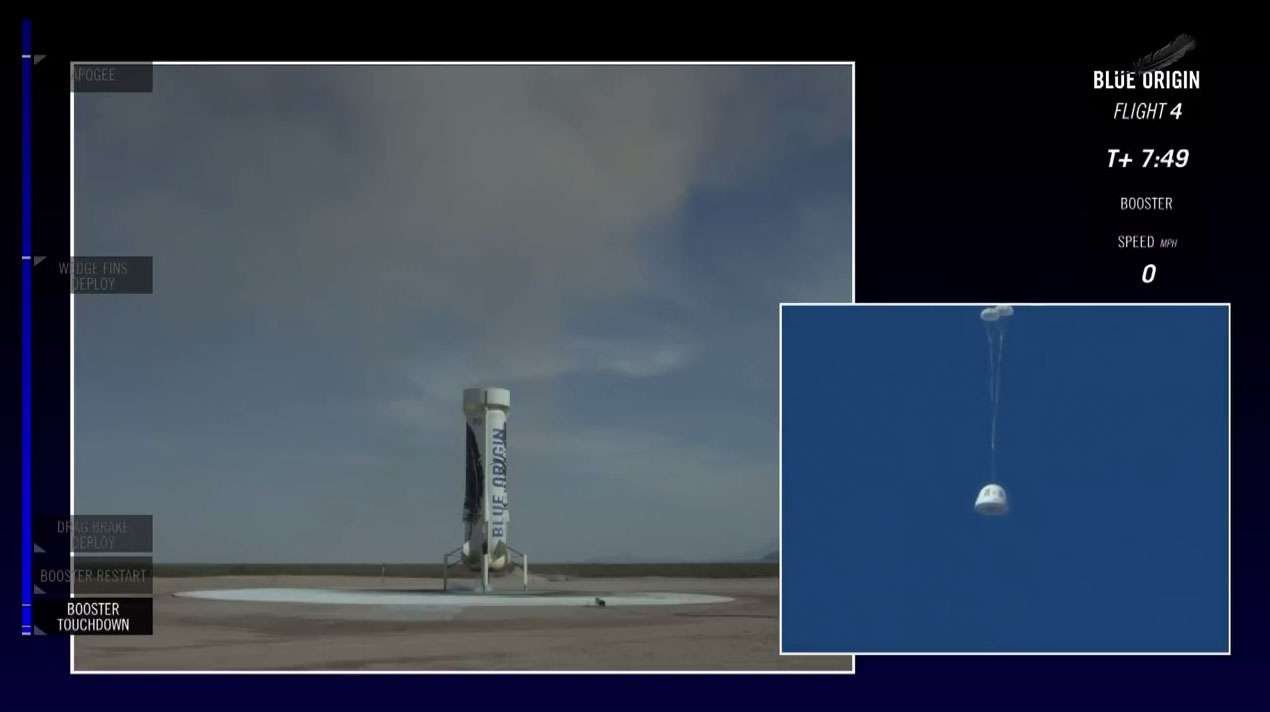
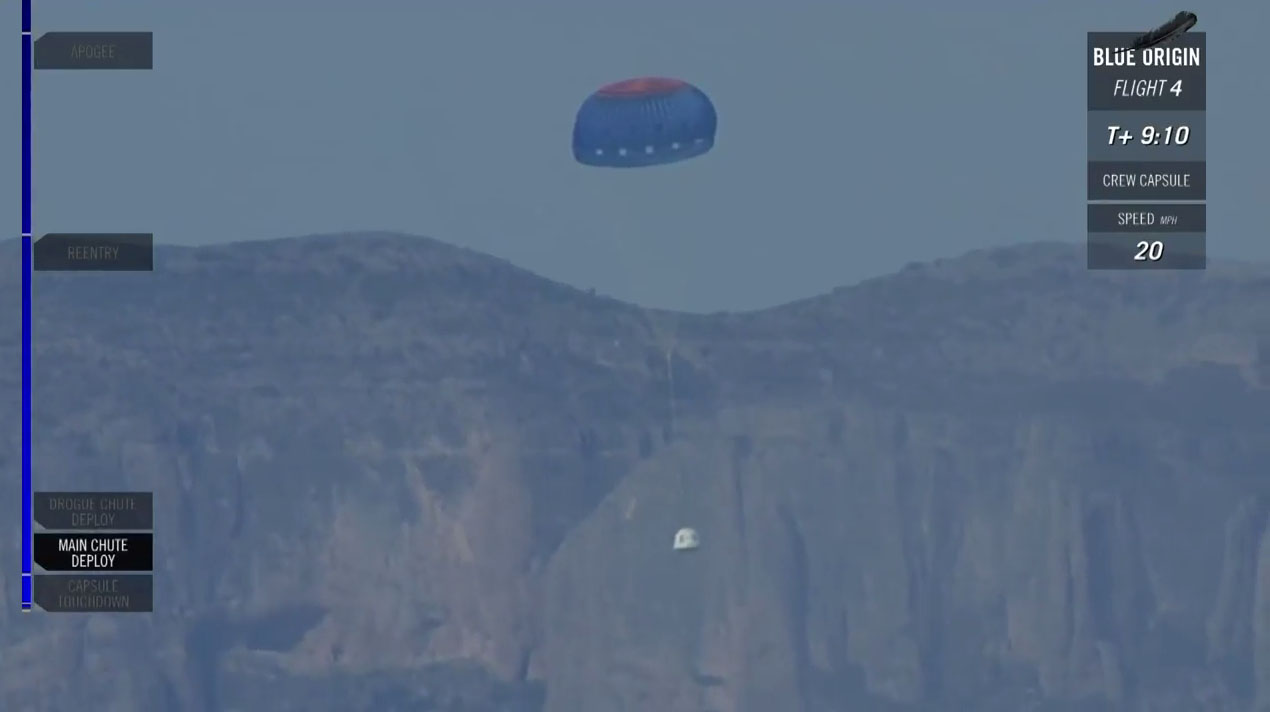
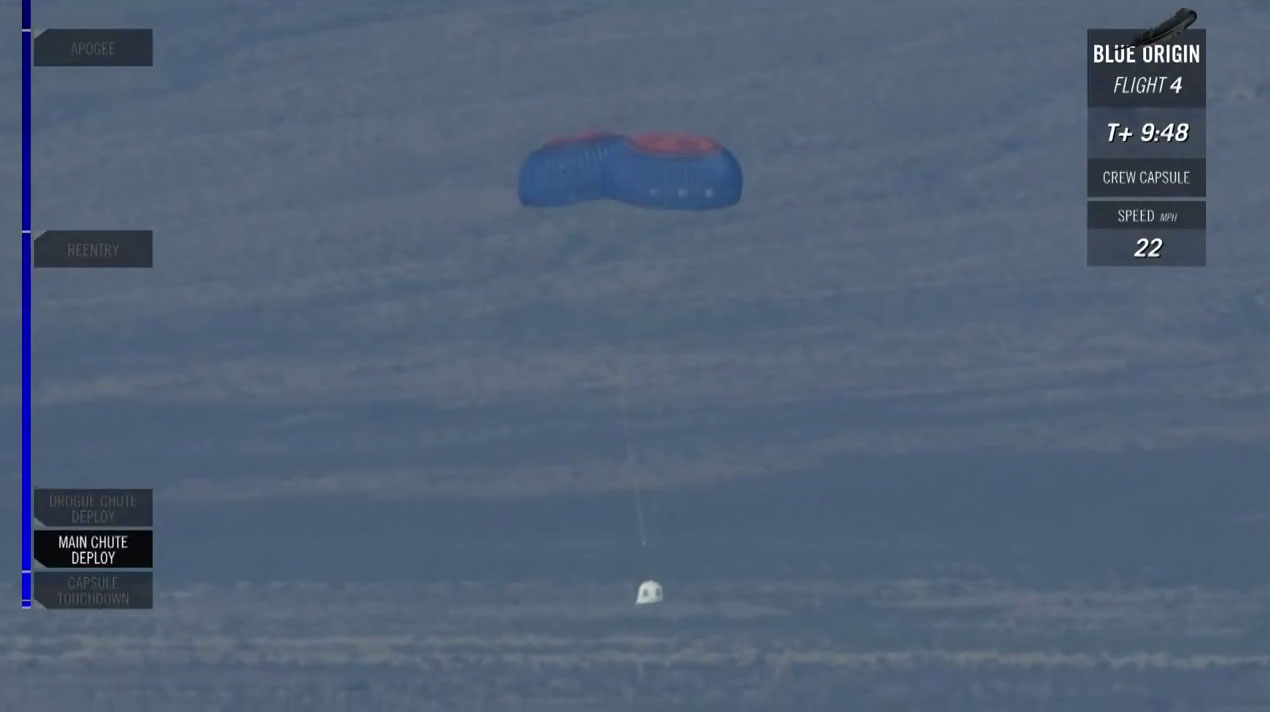
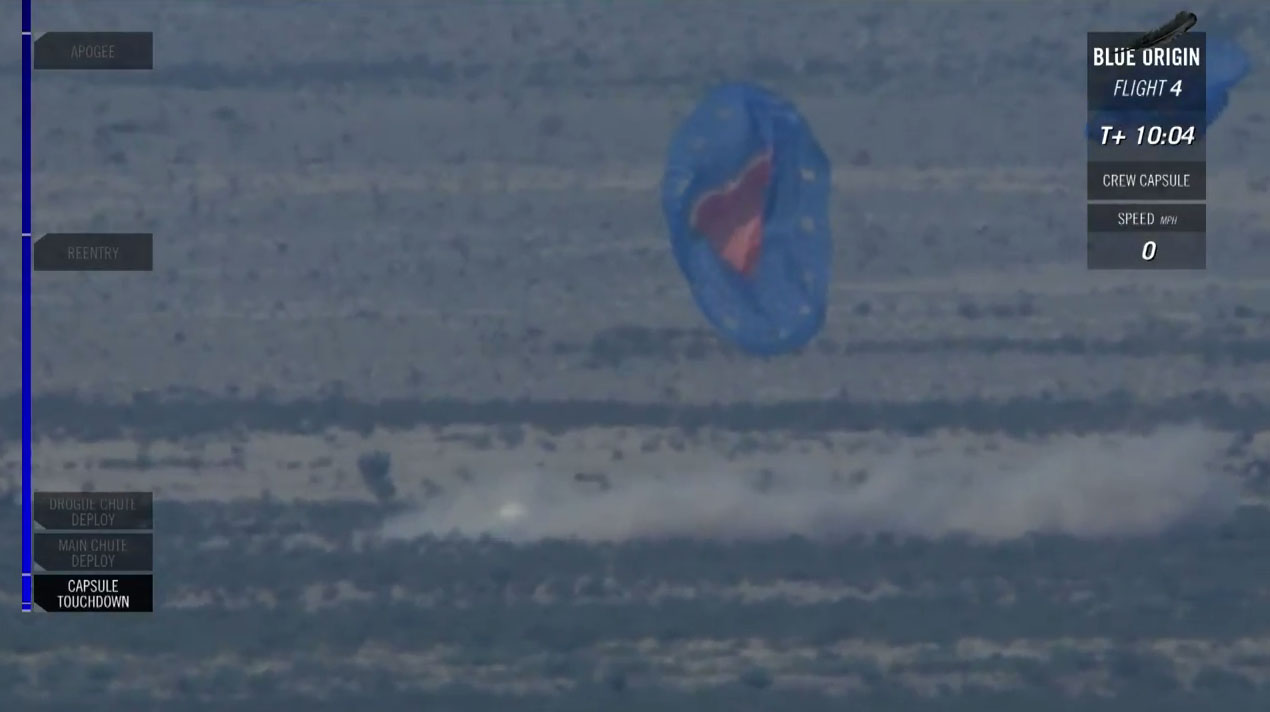
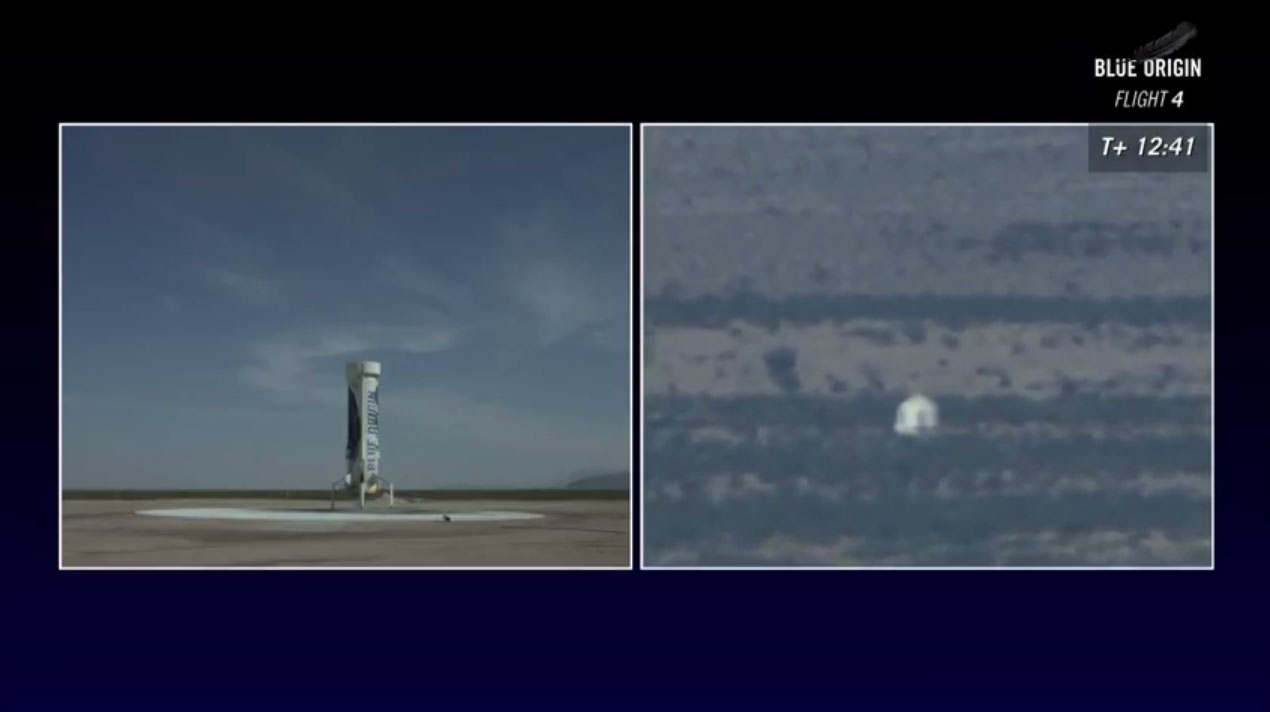
Comments are closed.